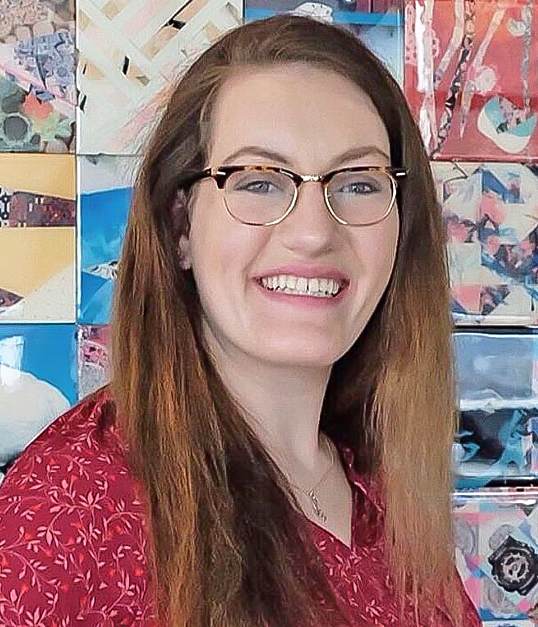acromegaly
Melissa's story

At the age of 21, Melissa was told she had acromegaly. Unlike many patients with a rare disease, she was diagnosed early in her disease journey.
A chance visit to an allergy doctor changed Melissa’s life
She was just accompanying a friend to their appointment when the doctor commented on Melissa’s nasally voice and began asking her questions – about the height of her parents, her shoe and ring size. Somewhat nonplussed by the direct approach, Melissa told the doctor that she is taller than both her parents, that her feet are bigger than most of her peers, and that she never wears rings because they don’t fit.
“And then the doctor said, ‘I think you have acromegaly’. I was like ‘who are you?’, I never met you before,” Melissa remembers. The doctor made her promise to see an endocrinologist straight away.
Melissa kept her promise, and things moved fast. Blood work concluded her growth hormone level was four times above normal and an MRI scan revealed a macro tumor on her pituitary: Melissa was diagnosed with acromegaly.
Melissa had two surgeries to remove the tumor, followed by six weeks of radiation, but a small part of the tumor remains. “Because the tumor is sitting on my optic nerve, they have to be really careful about the little bit that is left. If they remove the rest of the tumor, I could go blind,” Melissa explains. “I should not have vision in my right eye because of where the tumor is, but I do. I wear glasses, but other than that my sight is fine.”
Melissa does not have many memories from the surgery, but she does remember getting her sense of smell back afterwards:
"About two weeks after the second surgery, I had the packing taken out and I could finally smell again. On the way home, we passed my favorite bakery, and smelling the fresh bread I literally started crying because I was so excited, I could smell!"
In hindsight, Melisssa realizes her symptoms started a few years before her diagnosis, with headaches and irregular menstrual cycles. But it was not until she got her diagnosis that everything fell into place. “There were a lot of little things that were not serious but after getting the diagnosis I was able to look back and see they were actually due to acromegaly,” she says.
“Just knowing what I have has made a difference. That is probably the biggest thing; having the awareness and knowing I can manage my symptoms better. It has given me a kind of peace of mind. It is what it is and there’s not much I can do about it. I just have to live with it, and I have come to accept it.”

Surgery and treatment have made a big difference
“After the surgery I got engaged and I can have a ring on my finger, which is great,” she says. “And I can now fit into regular shoes, which is awesome.”
At the age of 16, Melissa had actually been diagnosed with another rare disease – Ehlers-Danlos syndrome – a connective tissue disorder that makes her body very flexible and her skin stretchy, soft, and velvety. She is currently being treated for both conditions.
Melissa has reflected on how she was diagnosed with acromegaly. “I am a big believer that everything happens for a reason. Without that allergy doctor, I would not have known, and I probably would have gone a long time, into my 40s or my 50s, undiagnosed. The tumor could have grown, it could have gotten worse, I could have lost my eyes sight… Basically, that allergist saved my life!”
Symptoms
- Enlarged hands and feet
- Altered facial features
- Joint problems
- Muscle weakness and fatigue
- Anxiety and depression
- Headaches
- Soft tissue swelling
- Excessive sweating
- Sleep apnea
- Visual disturbances
Diagnosis
Diagnosis is usually made by an endocrinologist, often a pituitary specialist (neuroendocrinologist), although referral may be made by doctors from a range of medical specialties. In patients with symptoms of acromegaly, diagnosis includes the measurement of growth hormone levels and magnetic resonance imaging (MRI) to detect a tumor in the pituitary gland.
Management
Surgery and/or medical treatment, sometimes in combination with radiotherapy.
Explore more
Learn more about acromegaly.